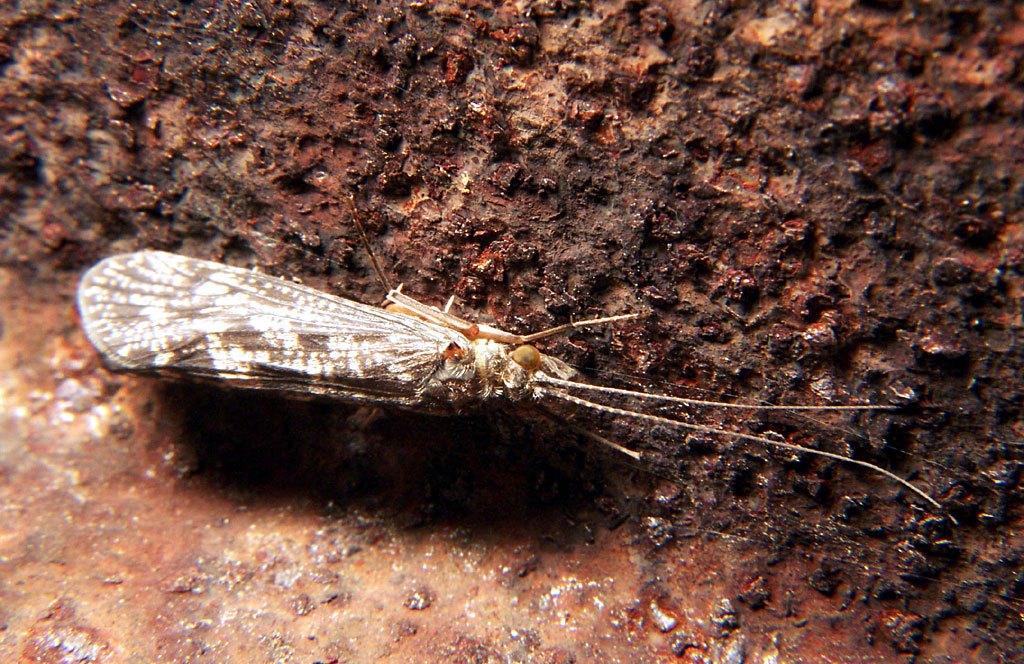|
Saccostrea Cucullata
''Saccostrea cucullata'', the hooded oyster or Natal rock oyster, is a species of rock oyster found mainly in the Indo-Pacific Ocean. It was first described by the Czech mineralogist, metallurgist, and malacologist Ignaz von Born in 1778. Description The appearance and form of the hooded oyster is very variable. The shape is sometimes nearly circular or it may be oblong or roughly oval, often with an irregular outline. In the Mediterranean, it grows to , but achieves double that size in the Pacific Ocean. The valves are thick and solid. The lower valve is convex and has no sculpturing near the umbo, which is fixed to the substrate. The upper valve is flat and smaller than the lower valve. It may have wide, sometimes spiny, ribs but is sometimes quite smooth. The margins of the valves are pleated and fit together neatly. The ligament is internal and no teeth occur on the hinge joint. The right valve has some small denticles on its margin which fit into grooves in the left val ... [...More Info...] [...Related Items...] OR: [Wikipedia] [Google] [Baidu] |
Ignaz Von Born
Ignaz Edler von Born, also known as Ignatius von Born (, , ) (26 December 1742 in Alba Iulia, Grand Principality of Transylvania, Habsburg monarchy – 24 July 1791 in Vienna), was a mineralogist and metallurgist. He was a prominent freemason, being head of Vienna's lodge and an influential anti-clerical writer. He was the leading scientist in the Holy Roman Empire during the 1770s in the Age of Enlightenment. His interests include mining, mineralogy, palaeontology, chemistry, metallurgy and malacology. Biography Born belonged to a noble family of Transylvanian Saxon origin. He started school in his hometown, then was educated in a Jesuit college in Vienna, but left the Jesuits after sixteen months to study law at Prague University. He then travelled extensively to present-day Germany, the Netherlands, and France, studying mineralogy, and on his return to Prague in 1770 entered the department of mines and the mint. In 1776 he was appointed by Maria Theresa to arrange the ... [...More Info...] [...Related Items...] OR: [Wikipedia] [Google] [Baidu] |
Bioindicator
A bioindicator is any species (an indicator species) or group of species whose function, population, or status can reveal the qualitative status of the environment. The most common indicator species are animals. For example, copepods and other small water crustaceans that are present in many water bodies can be monitored for changes (biochemical, physiological, or behavioural) that may indicate a problem within their ecosystem. Bioindicators can tell us about the cumulative effects of different pollutants in the ecosystem and about how long a problem may have been present, which physical and chemical testing cannot. A biological monitor or biomonitor is an organism that provides quantitative information on the quality of the environment around it. Therefore, a good biomonitor will indicate the presence of the pollutant and can also be used in an attempt to provide additional information about the amount and intensity of the exposure. A biological indicator is also the name gi ... [...More Info...] [...Related Items...] OR: [Wikipedia] [Google] [Baidu] |
Philippe Dautzenberg
Philippe Dautzenberg (20 December 1849, in Ixelles, Brussels – 9 May 1935, in Paris) was a Belgian malacologist, a biologist who specializes in the branch of invertebrate zoology that deals with mollusks. He was an amateur and autodidacticism, autodidact, who was actually the owner of a carpet and soft furnishings factory. He was also a devoted family man with 12 children. He assembled, thanks to his many connections all over the world, a large part of the shell collecting, shell collection of the Royal Belgian Institute of Natural Sciences, which consists of 9,000,000 specimens and is one of the three largest shell collections in the world. He was a participant in the scientific surveys of Prince Albert I of Monaco and the author of 210 published works (between 1881 and 1937 (post mortem) ) in the field of malacology. He described 1895 new taxa. He collected shells from an early age, resulting in his personal collection of about 4.5 million specimens, relating to 33,000 Rece ... [...More Info...] [...Related Items...] OR: [Wikipedia] [Google] [Baidu] |

